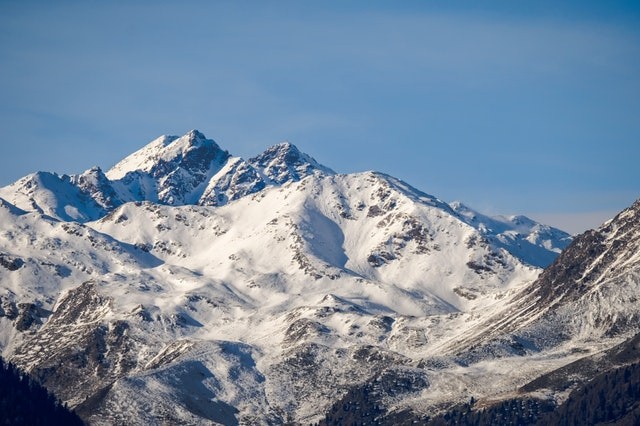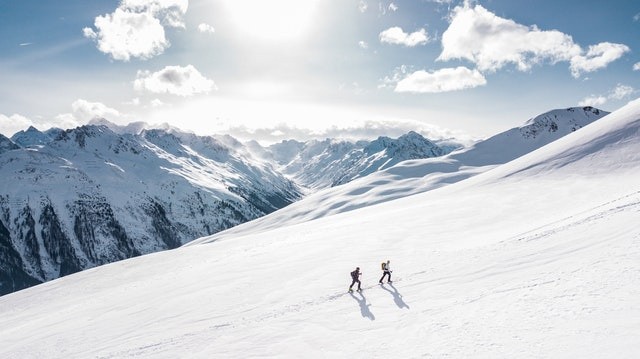Scientists analyzed "blood snow" DNA to get a better understanding of alpine microalgae's complex interactions with climate change.

Blood Snow
Phrases like "blood snow" and "glacier blood" sound like something you'd read in a supernatural horror novel. But in spite of the horrible nicknames, this crimson occurrence is a colorful sign of blossoming life, formed by small organisms that have taken over snowy mountain habitats.
The odd reddish hue discovered in mountain snow is brought about by green algae. Algae is one of the most diverse and widespread forms of life on Earth, so it's not particularly astonishing that it has managed to locate its way to some of the greatest peaks in the world. However, the climate crisis is increasing snowmelt and glacial retreat in these habitats, a trend that may surmount many algal colonies and the larger ecosystems that depend on them.
According to a study released on Monday in Frontiers in Plant Science, that's the reason European scientists came together to form ALPALGA, a collaboration which aim is to gain a better understanding of these alpine algae, which can act as pioneer species, primary producers, and "potential markers of climate change."
Algal Blooms
Director of the Cell and Plant Physiology Laboratory, a joint unit of CNRS, CEA, INRA and University Grenoble Alpes, study author Eric Maréchal said in a call: "I've seen, in my time on earth, an ecosystems disappearance on a scale not of 100 years, but decades, this ecosystem is very fragile."
In a way, the fragility of these ecosystems is counter-intuitive, due to the fact that the algal blooms that give rise to these alpine stains of purple, red, and orange are truly a sign of flourishing life. The eerie biological dye is referred to as watermelon snow or red snow, for example - and it is common on mountain tops and glaciers all over the world, from the Sierra Nevada, to the Himalayas, to Greenland's ice sheets, sparking theory among naturalists, mountaineers, and polar explorers for centuries.

Microalgal Adaptation Strategy
Scientists are now aware the effect is a microalgal adaptation strategy to the beginning of summer, which brings snowmelt and intense sunshine and UV radiation with it. Green algae are green, as the name implies, but warmer weather prompts them to produce a red carotenoid pigment as a type of sunscreen.
The pigment also reduces the reflectivity of snow by making its color dark, which accelerates snowmelt and supply the aquatic algae with more water to thrive in. In this way, microalgae are "actors" of environmental change since these organisms aggravate snow loss at high elevations, according to the study.
Anthropogenic air pollution has also gotten to mountain tops and prompt the growth of alpine blooms in much similar way that pollution in marine and freshwater environments have given rise to bigger algal blooms.
Related Article : Spooky 'Blood Snow' Invades Antarctic Island
For more news, updates about blood snows and similar topics don't forget to follow Nature World News!
© 2025 NatureWorldNews.com All rights reserved. Do not reproduce without permission.





